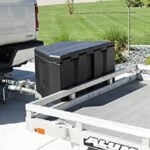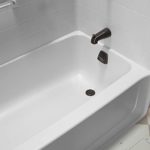
Can You Aerate In The Summer? A Complete Guide
Maintaining a lawn is not an easy task. There are a lot of things that need to be taken care of from time to time. From mowing the lawn to aerating the lawn, these are some tasks that require attention.
One thing for sure is that lawns are highly-used in almost all seasons. People walk on the grass, pets run around, barbeques and bonfires are held, and sprinklers sprinkle water on the grass regularly. All this leads to soil compaction. This means the soil gets compact and lowers the oxygen and water level that passes through the soil. This can make the lawn inappropriate for growing grass and will ruin its lusciousness.
So what is the best way to make the lawn more luscious and also remove soil compaction? Lawn aeration is the answer to this question.
Homeowners ask a very general question: Can you aerate in the summer?
Many things should be kept in mind when you are thinking about aerating the lawn. Read ahead to learn more.
Aeration
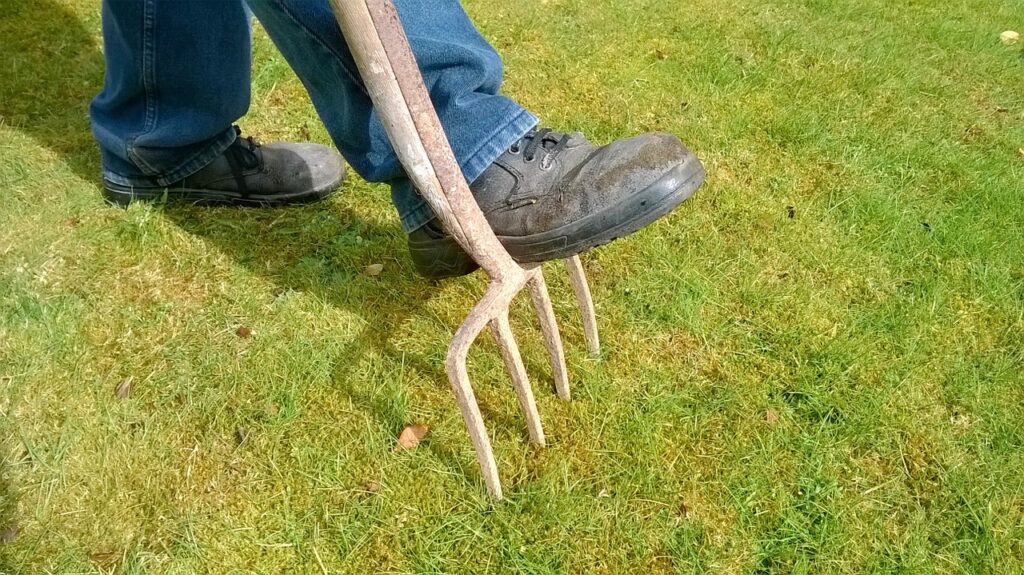
Aeration is a lawn maintenance process. In this process, small soil plugs are removed. As the soil tends to get compacted over time, it gets devoid of water, air, and nutrients. Aeration is a great process where these small soil plugs are removed, making small holes in the lawn soil. This effectively breaks the compaction of the soil.
This allows the air and water to pass through the soil, which helps with better grass growth. Also, the nutrients tend to seep through the soil, making it more potent and fertile. Grassroots get more air required for proper growth by stimulating better absorption and penetration of water and air. Proper aeration also helps in preventing thatch growth and also removes thatch growth in the lawn.
Why should you aerate the lawn?
When it comes to lawn maintenance, you may turn a blind eye towards it. If you want a healthy and attractive lawn, then proper maintenance is highly required. Soil aeration is one maintenance process that should be taken seriously. There are several reasons why you should aerate your lawn in the summer:
- When the soil feels like a sponge and cannot retain water, it will make the soil dry out quickly.
- If the lawn has soil layering on it, good texture soil is layered above coarser soil, making it quite difficult for the roots to grow.
- If the lawn is part of a newly-constructed home, then it might have led to soil compaction over time.
- If the lawn is used continuously for walking and running, it can also lead to soil compaction.
Advantages of lawn aeration
Timely lawn aeration can be quite useful for its overall health. Here are some of the advantages that aeration can bring to your lawn:
- Prevent thatch buildup: Soil aeration helps in removing the thatch buildup on the soil. Thatch is basically a layer of dead grass that accumulates overtime on the soil. Aeration helps in microbial growth in the soil, which helps in decomposing the thatch.
- Seed growth: Aeration that is done before and after seeding the soil can be quite useful. It helps make sure that the seed and the topsoil are in contact so that it has a proper growth environment.
- Turfgrass health: Aeration is quite helpful in making the soil healthier and is growth-inducing. It helps make sure that the soil gets proper air, water, and nutrition which helps in proper and healthy turf growth.
- Avoid puddling: when the soil gets compact, there is a high risk of puddling water on the lawn. Aeration helps to loosen the soil and make air pockets, which reduces puddling and removes dead spots on the grass turf.
Types of lawn aeration
Proper aeration is highly crucial to maintain clean and lush grass turf in the lawn. Lack of aeration leads to a lack of nutrient absorption and microbial growth in the soil, leading to improper grass growth. That is why it is important to make the lawn aerate on time. There are three types of lawn aeration processes that you can choose from for your lawn:
- Spike aeration: This type of aeration is less common but is great for less compacted soil. It’s mostly used before overseeding the turf. With this, the soil is pushed inside, making more access to the grass’s root system. This type of aeration is also helpful in making the soil ready for fertilization.
- Core aeration: This is the most popular type of lawn aeration. Here, the plugs are plugged in the soil and then pulled out, causing small holes forming a few inches above the soil. The plugged-out soil is then spread throughout the lawn soil. This helps in redistributing highly- compacted soil and helps with better water, air, and nutritional distribution in the soil.
- Liquid aeration: As the scientific development in lawn aeration grew over time, liquid aeration became quite popular over the mechanical aeration methods. With this, aeration liquid is spread in the soil, making small microscopic holes in it. These microscopic holes act as sponges to absorb nutrition and water in the soil. Instead of creating holes with a gap of a few inches, the entire soil is made permeable enough to retain water and nutrition.
- Spike aeration: With this type of aeration process, the aerators have spikes that rotate on the soil. This slices and splices through the grass, thatch, and soil, creating pathways. These paths break the compaction of the soil and allow penetration of water, air, and nutrients.
When is a good time to aerate a lawn?
Aerating the lawn should be timed properly; otherwise, it will be of no use. One thing to keep in mind is that you should not aerate the lawn when it is dormant. Instead, aerating should be done when the grass is reaching its natural growth stage. This will make the grass grow more quickly and healthily.
The aerating time depends on the type of soil and grass that is to be planted on the lawn. If you wonder when the best time is to plug aerate a lawn, there are a few things to remember.
Aeration time-based on soil type
Usually, the type of soil in the lawn is a major decider of when and how often the lawn should be aerated. Soil differs in texture, and the way they maintain its form is due to varying climatic conditions. This is the reason why soil type should be taken into consideration before aerating. People living in drier climates should aerate more often than those who live in more humid and cooler climatic conditions.
Sandy soil: Sandy soil types are quite loose in texture, and that is why soil compaction does not take place that easily. So, if you have a lawn with sandy soil, you can aerate your lawn once a year or once in two years.
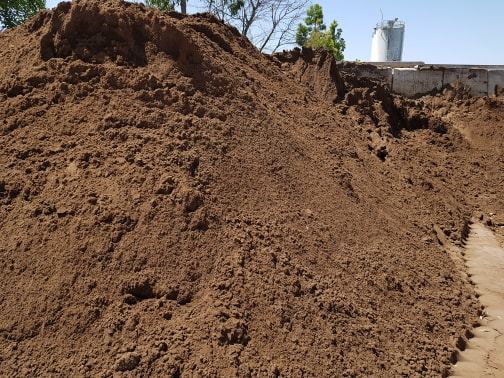
Clay soil: Clay soil is more compressed and dense in texture, and that is why it gets compacted easily over time. If you have clay soil in your lawn, it is necessary to aerate the soil once or twice a year.
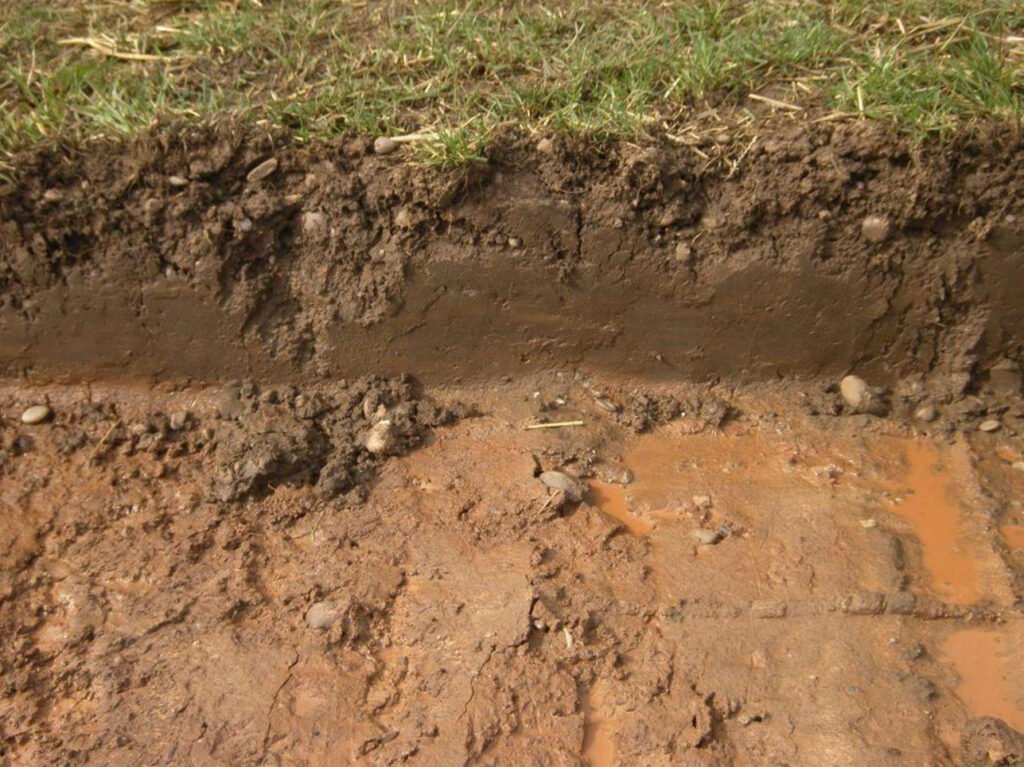
Aeration time-based on grass type
Lawns are meant for growing grass. You can grow on your lawn for two types of grass: cool season and warm season. Both these types of grass have different growth timings. Therefore, aeration is also based on the type of grass that is to be planted on the lawn. Knowing the grass type will help in knowing when it’s a good time to aerate a lawn.
Warm-season grass: This type of grass grows in the summer season. It starts growing in the early weeks of the summer. The popular type of warm-season grasses is buffalo, zoysia, St. Augustine, Bermuda, etc. Those planning to grow warm-season grass should aerate the lawns at the beginning of the summer or the end of the spring. This will make the soil healthier for grass growth, and the holes will provide proper space for the grass to grow in.
Cold season grass: This type of grass grows in the winter and colder season. It starts growing in the early weeks of fall. The popular type of cold season grasses is ryegrass, Kentucky bluegrass, creeping bentgrass, fescue, etc. Those planning to grow cold season grass should aerate the lawns at the beginning of fall. This will help the grass grow more actively and vigorously during the winter seasons when the temperature will hit a certain low.
Aerate Lawn In Summer –What You Should Know?
One of the major questions asked is whether lawns should be aerated in the summer? Well, the simple answer to this question is it depends on the grass type. As mentioned above, the type of grass will decide when the lawn should be aerated.
If you are planning to grow warm-season grass, then lawns can be aerated in the summer. It is always better to aerate the lawn in late spring when the temperature is not too hot. Another thing to keep in mind is that lawns should not be aerated during a drought or heatwave. This will harm the lawn as the water will quickly be evaporated, leaving highly-dried aerated holes. This will dry the seeds and the roots.
Overseeding and aerating the lawn
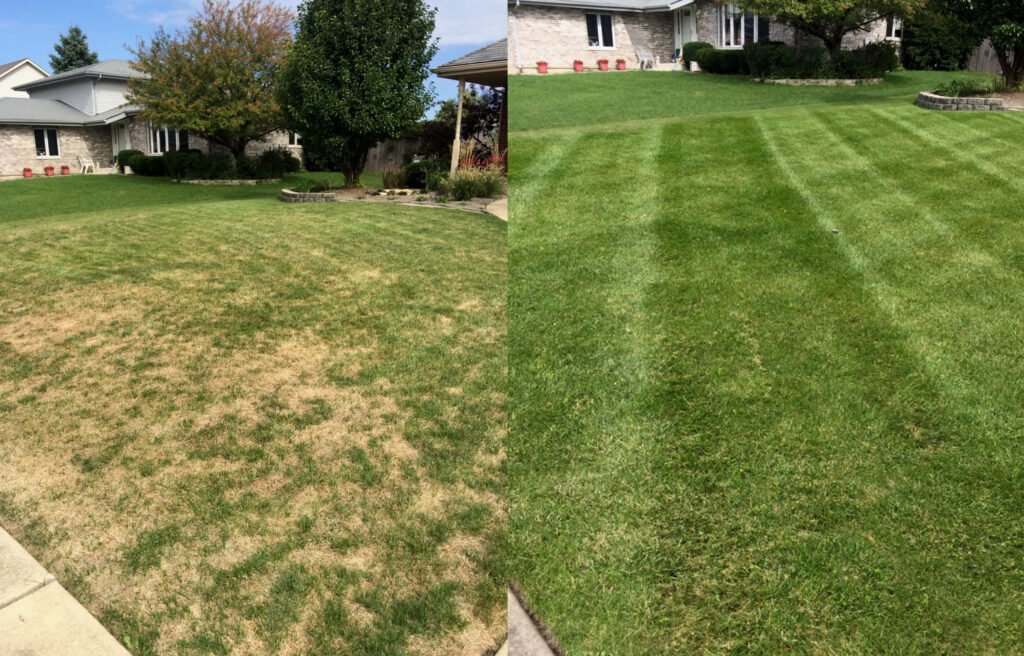
Overseeding is the process of spreading grass seeds on the existing grass lawn. This will allow better grass growth and will maximize the lawn’s health. Many lawns tend to face grass thinning after some time. Spreading grass seeds will help in covering those thinned-out areas with fresh growth. One query that most homeowners have is when to overseed the lawn.
The best time to do it is right after aeration. Aeration helps in bettering and preparing the soil. It all leaves behind small holes and plugs on the ground, leading to thinning and weed infestation. To cover those areas and make the lawn look better with thick growth, overseeding can be quite helpful. You can also choose to overseed the lawn with different seed types. This will bring variety to the lawn grass and make the lawn pest- and weed-resistant, giving more resilience to the grass growth. This means a single disease will not wipe out the entire lawn.
Steps of aerating and overseeding
Here are steps that should be followed to aerate and overseed in the summer:
- Prepare the lawn before aeration by spraying water on it. This will moisten the soil before aeration.
- Then, cut the grass into smaller heights so that overseeding becomes easier.
- Next, aerate the lawn using the aerator type and tool.
- Let the soil plugs lie on the lawn since they will decompose and settle back.
- Now is the time to overseed the soil.
- Spray the seeds using a hand or sprayer.
- Rake the soil lightly and spread the seeds out.
- Use starter fertilizer on the soil for better grass growth.
- Finally, lightly water the seeds.
Things to keep in mind
Aeration and overseeding are two processes that should be done carefully. Making any mistake can lead to opposite results. It can make the soil less healthy and dry and can lead to thinning of the turf.
Here are some things that should be kept in mind while aerating and overseeding the lawn:
- Always choose the right tool to aerate. There are different aeration tools and techniques. If you have no experience in aeration, it is better to take professional help. Choosing worn tools will destroy the turf.
- You should always keep the soil and grass type in mind before aeration. Choosing the wrong time will lead to more harm to the lawn.
- After aeration and overseeding, the lawn should be watered properly. Too much watering will destroy the seeds, and keeping the soil too dry will reduce grass growth.
- You should avoid weedicides and pesticides right after aerating and overseeding.
Aerating the lawn will not only help in making the lawn grow healthily but will also help in making the soil more penetrating. This will help in better growth of the grass that will make the lawn look luscious. From choosing the right season to picking the right tool, you should not make any mistakes. It is always better to call for professionals for help if you don’t have prior experience in lawn maintenance and aeration. A good company will help in identifying the right time and aeration process.




